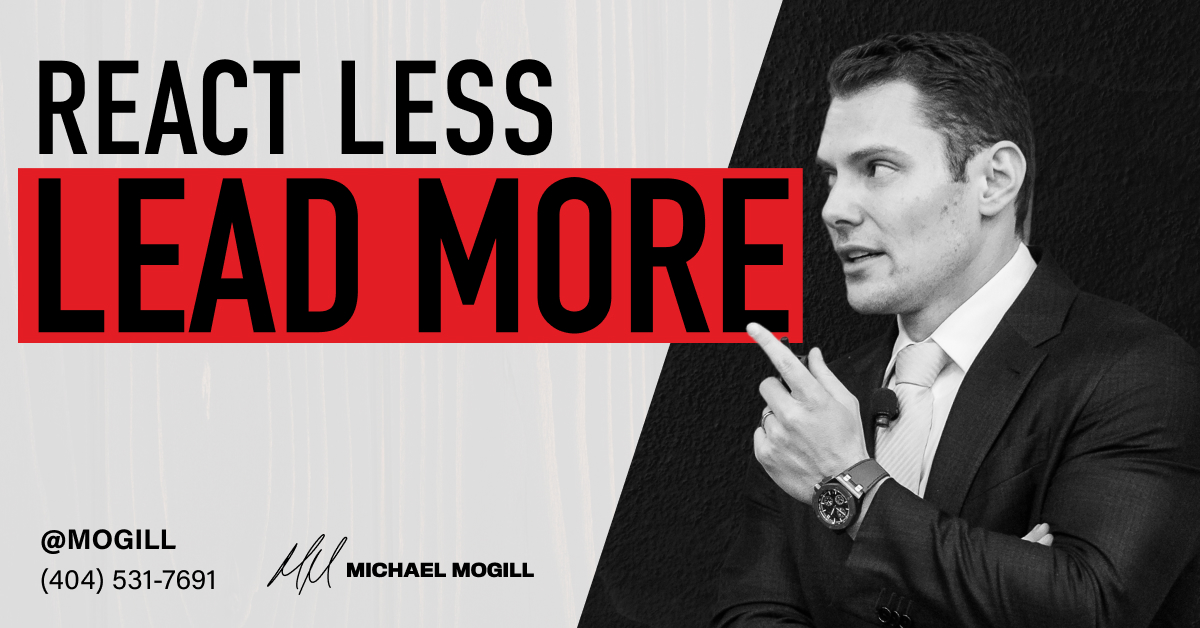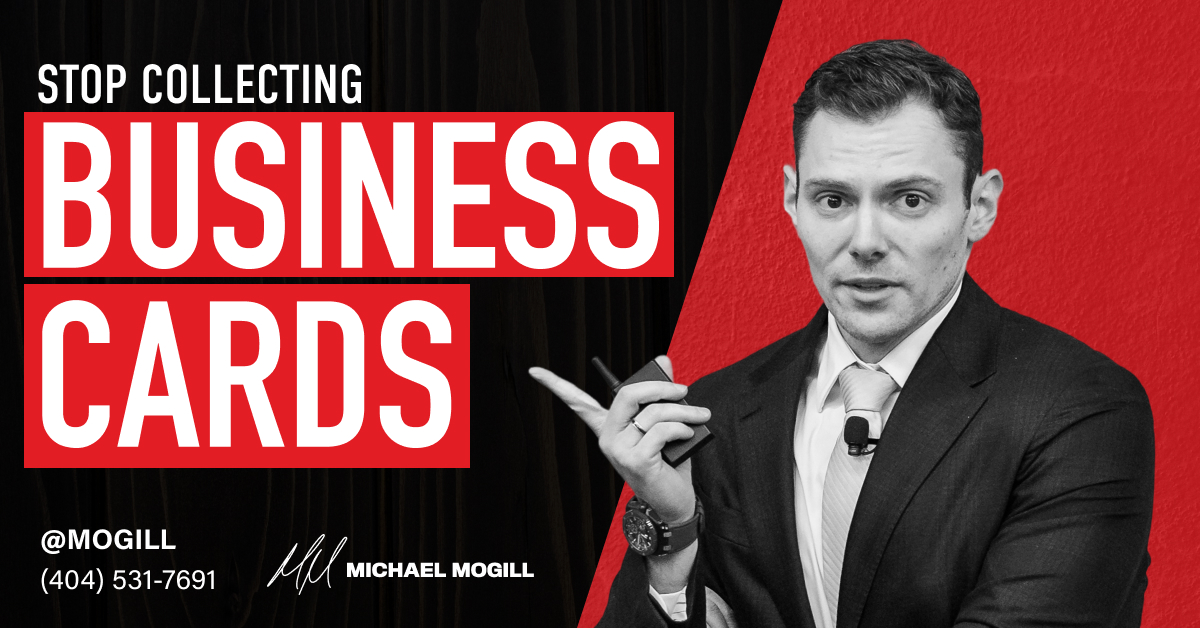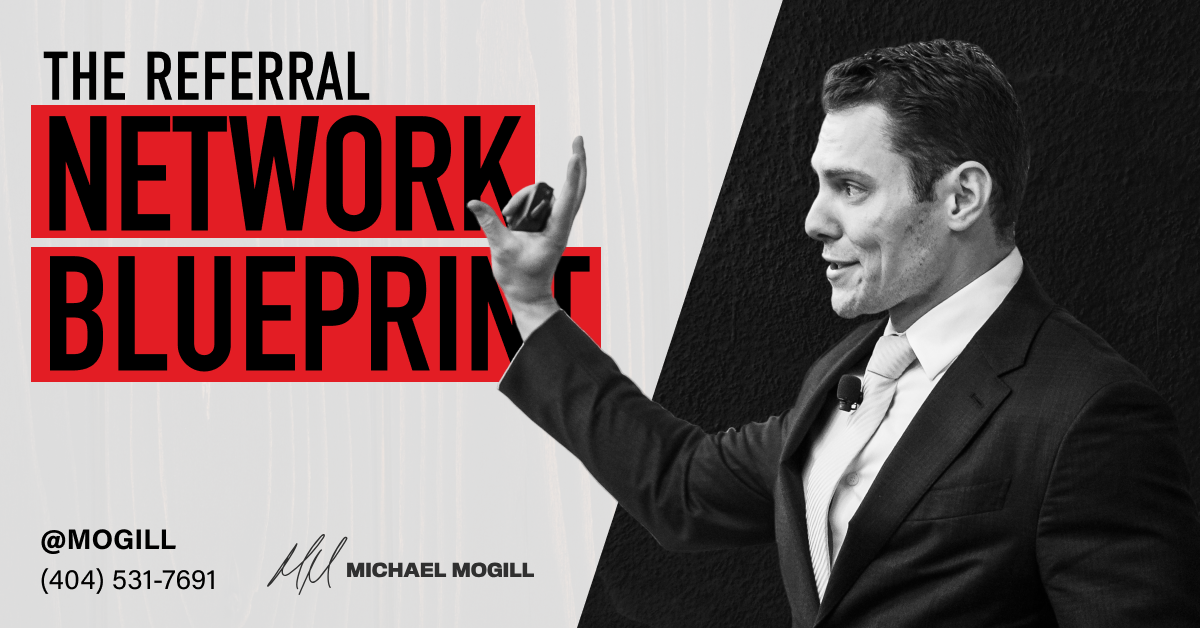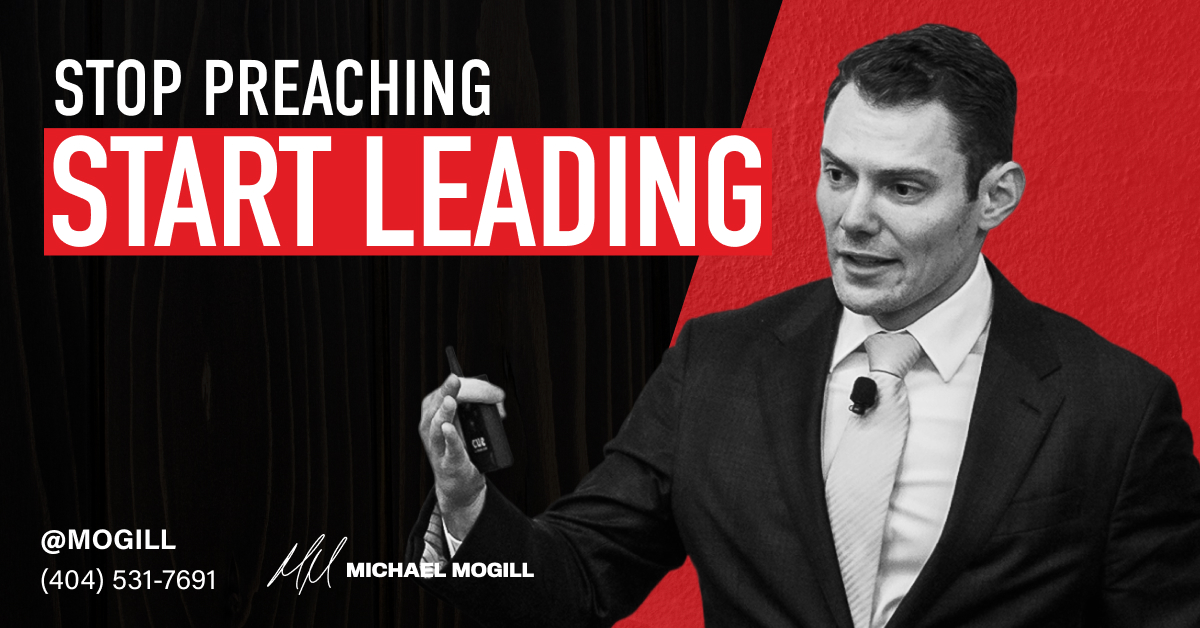When I started Crisp Video, I was fighting every day to keep the lights on. If you had asked me whether I’d ever fire a client, I probably would’ve laughed in your face. In my mind, firing a client meant turning away revenue, and since we needed revenue to survive, that wasn’t an option.
Fast forward seven years. A few months ago, I fired a client investing seven-figures with us because they were a bad fit. Was it the right decision? Absolutely—the client did not work within our process. Was it an easy decision? Absolutely not—when is turning away seven-figures of revenue ever easy? Now, we eventually made up that difference, but at the time I let that client go, nothing was guaranteed. It was a tough call, but one that I made with few reservations.
I wish there was an easy answer to the question: when is it time to fire a client? The truth is, it’s complicated. Situations in business are rarely black and white. I struggled with this issue early on and didn’t fire a client for several years. It wasn’t a luxury I felt I could afford. From the outside, it would’ve been easy to say I should’ve fired some of our early clients.
But when your options are “fire this client” and “potentially go out of business,” the “right” choice isn’t always clear. Is it better that you suffer for a short time with a bad-fit client, or is it better that the business goes under and your team members all lose their jobs?
Say you’re more established, so you can afford to fire a bad-fit client, but you know they’ll be a huge referral source that will take your business to the next level. Should you fire that client?
Rarely is the “right” choice obvious, and anyone who says otherwise is either being dishonest with themselves or has never made a tough call on a client that carried huge ramifications.
What I’d like to do in this article is to share what I’ve learned about firing clients. I don’t do it very often, but every time I do, I learn something that I believe can help business owners who are struggling with this issue and looking for some guidance.
How to Spot a Bad-Fit Client
The first question we have to answer is: what is a bad-fit client? You’ll notice I haven’t said “bad client” in this article. There’s a reason for that. Bad-fit clients are not necessarily bad people. Most of them don’t intentionally try to undermine our efforts or make our lives difficult.
Bad-fit clients are exactly that: a bad fit for our process. They either disrespect the way we’ve agreed to work together, there is misalignment on values, or the way they work is a better fit for another company’s process.
Just as with team members, you want clients who are volunteers, not hostages. When you work with the willing, it’s a better process for everyone involved. If the other party is not holding up their end of the bargain—missing calls and deadlines, ignoring emails, or dropping the ball on their accountabilities—neither party is going home happy.
You should try to help them work successfully within your process, but not every client will play ball. If they don’t, and you set proper expectations on the front end, it’s time to move on, and below I’ll provide guidance on how to do that.
Process breakdowns are a common sign of a bad-fit client, but it can take a while to spot a trend rather than a one-time blip. Other signs make it obvious that the client is a bad fit:
- They are verbally abusive to your team
- They ask you to do something that is unethical or illegal
- They act in a way that violates your organizational values
In those situations, the right choice is clear. You’ve got a bad-fit client on your hands and it’s best to free them up so they can work with another organization who is a better fit for them. Can you afford to do so? That’s the question only you can answer.
Why You Should Fire Bad-Fit Clients
You’ve established that you’re working with a bad-fit client. Depending on where your business is, you might think to yourself, “What’s the harm? Can’t we just grin and bear it for a while?”
You very well might have to grin and bear it for your business to survive. However, before you make that decision, it’s important to know the effects of a bad-fit client on your team:
- A negative impact on team morale, making people dread coming to work.
- Your process is compromised, creating confusion for everyone.
- You allocate significantly more resources to this client, taking resources away from great clients.
Great clients energize you and your team because you know the work you’re doing will make a huge impact on the client and those they serve. When a client comes saddled with the effects described above, all you have to look forward to is putting out fires, which is exhausting.
Your team wants to know you have their back, which is why firing a bad-fit client is such an important decision. Nobody wants to work for an organization where they don’t feel supported by the leadership. As the leader, if you allow bad-fit clients to disrespect your process, drain the collective energy of your team, or hog your resources, don’t be surprised if your team begins to question whether you have their best interests at heart.
Best Practices for Firing a Client
Once you decide it’s best to move on from a particular client, the first step is to get them on the phone. Never deliver news like this over email. Pick up the phone and call them.
When I have these conversations, there are two things I look to do. The first is to shut up and listen. You know the situation from your perspective. Now’s the time to ask for their input and discover how things looked on their end.
Were there communication breakdowns? A step in your process that caused friction? Did you set the wrong expectations or create deadlines that were unrealistic for the client to meet?
It’s possible that the client may have great insight that prevents this type of situation in the future. Even if they don’t, allowing them to share their side of the story makes them feel heard, understood, and appreciated. It’s possible they felt the same as you—that things just weren’t working out—and they’re grateful you said something so they didn’t have to bring it up.
Once I’ve listened to their side of the story, the second thing I want to do is put the onus on our organization, not the client. I don’t tell the client, “We’re firing you for these reasons.” We’re not in the business of being right or trying to convince the client that they are wrong.
I lead with gratitude, telling the client I’m so thankful for the opportunity they have given us. Then I shift into the separation, telling them that our organization is not the best fit for them. Notice the specific language there: we are not the best fit for them, not the other way around.
When possible, I then recommend another company that might work better for their needs or the way they like to work. That gets back to an important point: this call has to come from a genuine place of caring about the client. I want all my clients to achieve their goals and have a bright future whether they’re working with our organization or another one. Our organization just may not be the best partner to help them do that.
What I’ve Learned from Firing Clients
My biggest takeaway from firing clients is that it’s always for the best. Despite the uncertainty I felt leading up to those difficult conversations, I have no regrets over the clients we fired. It freed us up to focus on our most engaged and committed clients. It also told my team that I care about them and have their back.
Turning away bad-fit clients also allowed us to become the buyer, meaning that we now dictate what is acceptable and what is not, who we will work with and who we won’t work with. If you want to be a great organization, you’ve got to have those standards and control who comes in the door. Part of that work is done on the front-end as you’re starting out, but part of it is done when a client wrecks your process. Instead of tolerating it, now you’re exiting them.
I’ve also learned that firing a client requires a mindset shift. Instead of operating with a scarcity mindset and believing that clients are limited, I needed to adopt an abundance mindset and believe that moving on from bad-fit clients would open up room for ideal clients. Today, I know this fact to be true: for every bad-fit client, there are ten great ones right around the corner.
When your organization is working only with great clients who buy into what you’re doing and are committed to your process, you’re able to support them at the highest level, your team is more engaged, and clients are happier. In other words, outcomes improve for everyone.
Firing a bad-fit client sends a message to your team, but it also sends a message to you as the leader: you are proactive, not reactive. You’re working to create positive outcomes for everyone, not just reacting to avert disaster when things go off the rails. That’s a powerful shift for a leader to make, and one that has positive ripple effects throughout your organization.








